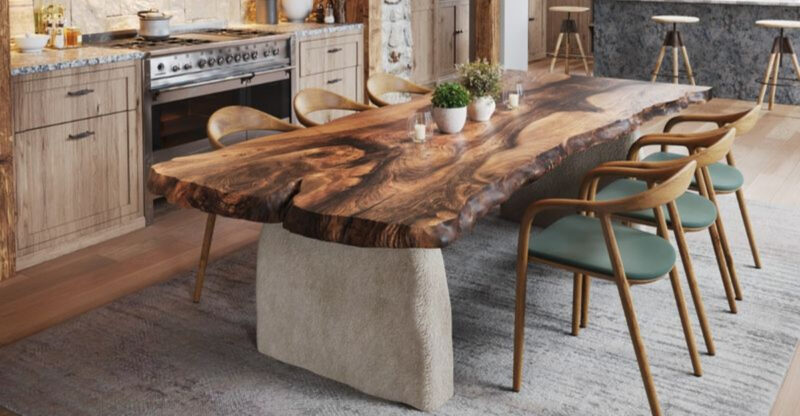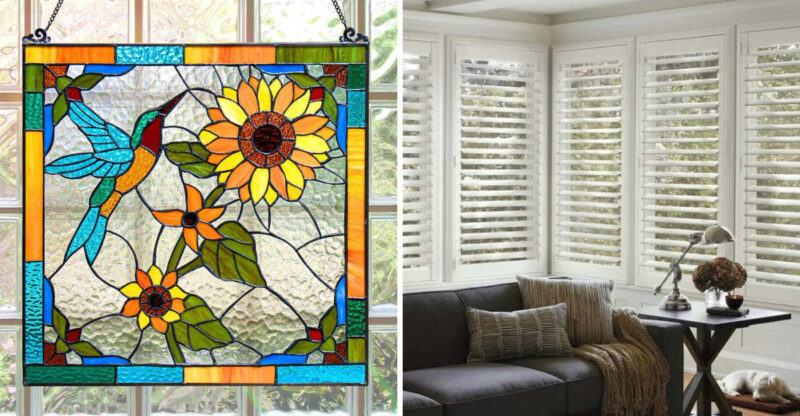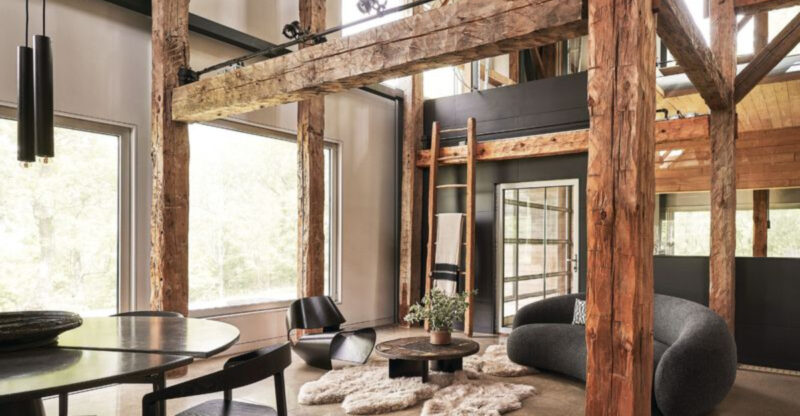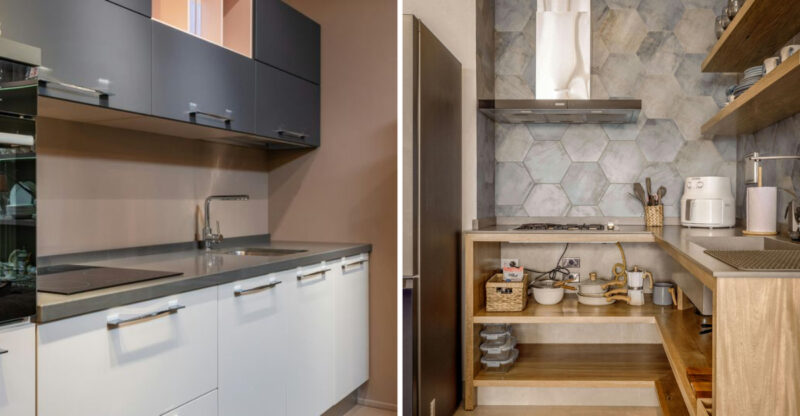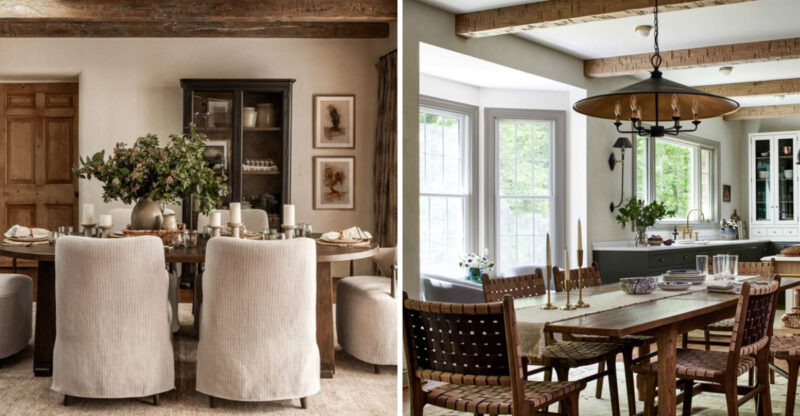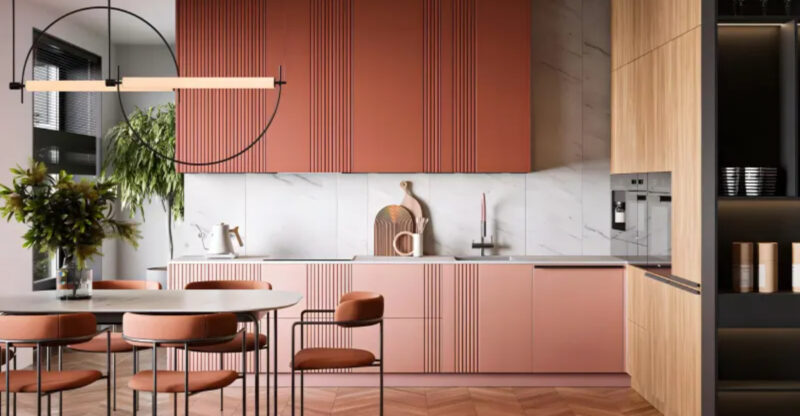5 Items Back In Style From Boomer Homes – And 5 Still Better Left Behind
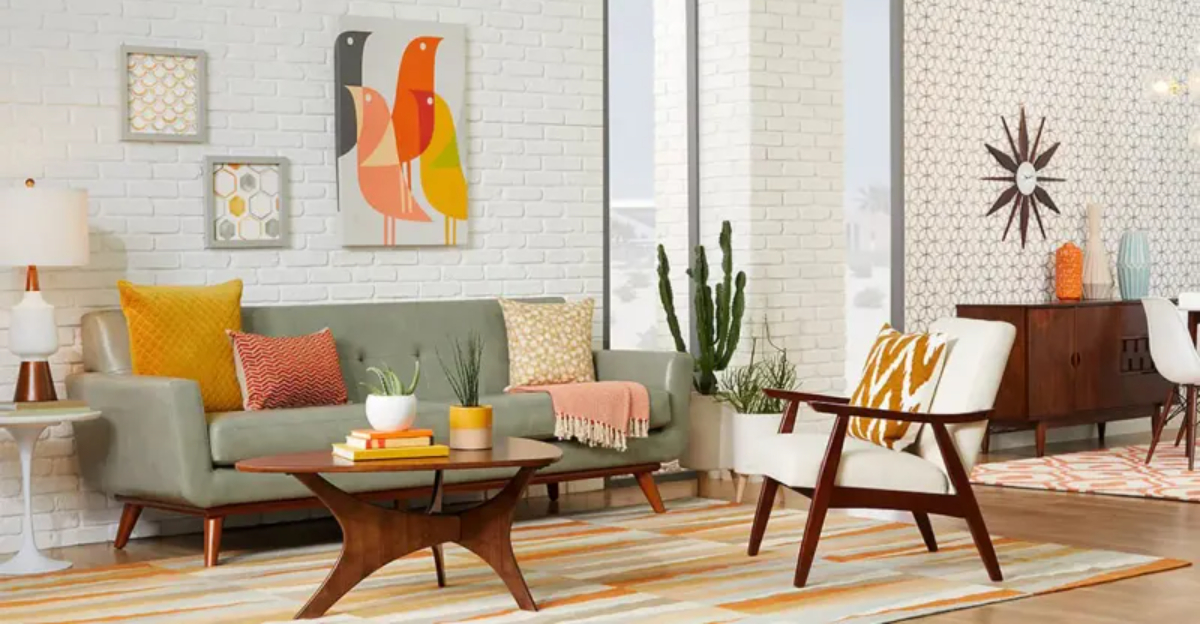
Walking into Grandma’s house, you were often greeted by bold, unmistakable decor from the 1960s and 70s – designs that once felt old-fashioned and out of place.
Today, some of those very trends are making an unexpected return in modern interior design.
Certain vintage elements are being embraced for their timeless appeal and charm, while others remain firmly in the past, best left to nostalgia. Some iconic Boomer-era features deserve a second chance, while others should stay tucked away in family photo albums.
1. Mid-Century Modern Furniture
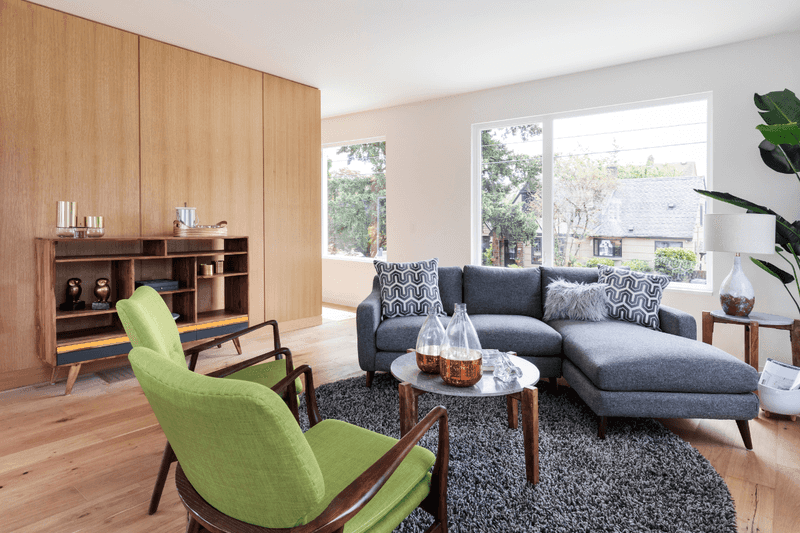
Sleek lines and organic curves define this iconic furniture style that’s captivated a new generation. The simple elegance of walnut wood frames and tapered legs has transcended its 1950s-60s origins.
Today’s homeowners appreciate the practical minimalism and timeless appeal these pieces bring to contemporary spaces. Unlike bulky modern sofas, these classics combine comfort with artistic form that never truly goes out of fashion.
2. Wood Paneling
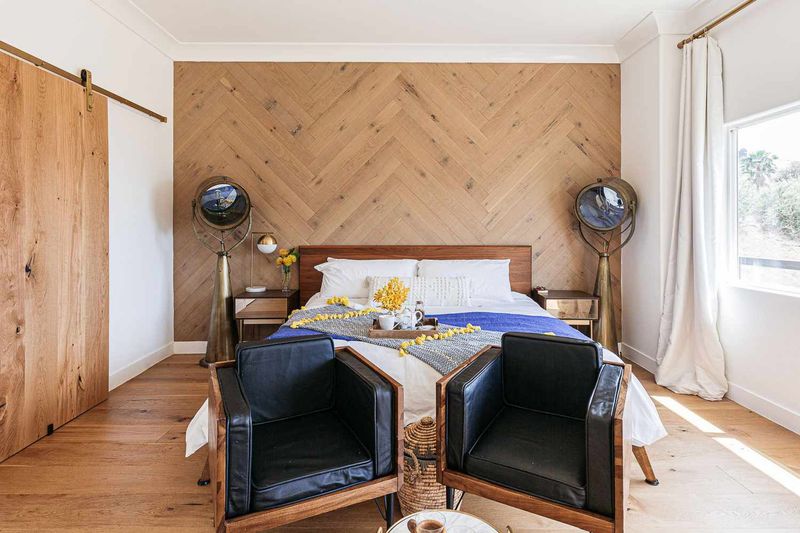
Once the hallmark of basement rec rooms, wood paneling has undergone a sophisticated transformation. Modern designers use it selectively as accent walls or in lighter finishes to add warmth and texture.
Natural wood tones create cozy, inviting spaces without the cave-like darkness of older installations. The key difference? Today’s approach embraces quality materials and thoughtful placement rather than covering every vertical surface in dark veneer.
3. Open Shelving In Kitchens
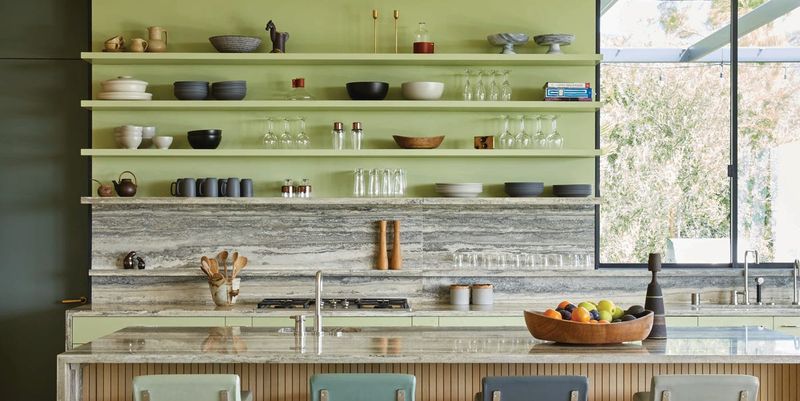
Grandma displayed her prized china collections on open shelves, and now this practical storage solution is trending again. Modern kitchens feature floating shelves that showcase carefully curated dishware, plants, and cookbooks.
The contemporary twist? Clean lines, minimal brackets, and thoughtful arrangement prevent the cluttered look of yesteryear. This approach combines nostalgia with functionality, allowing easy access to frequently used items while creating visual interest in cooking spaces.
4. Iconic Light Fixtures
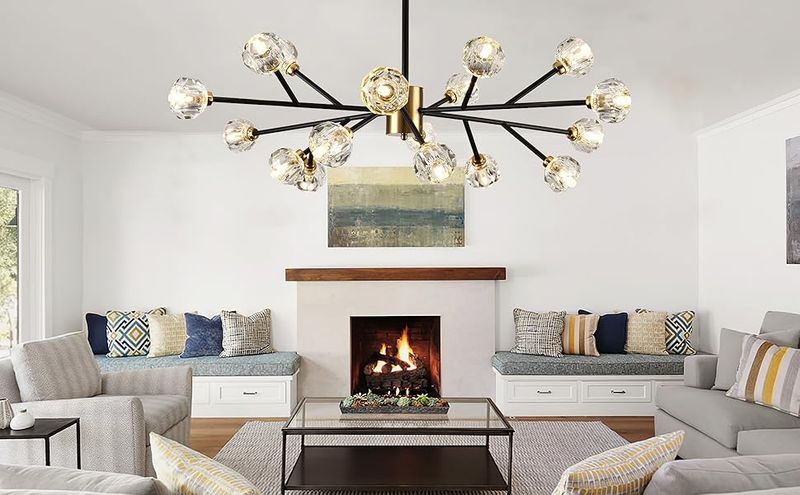
Sputnik chandeliers and globe pendants that lit up Boomer homes have become coveted statement pieces. Their distinctive silhouettes add architectural interest and conversation-starting appeal to contemporary spaces.
Modern reproductions often feature updated materials and finishes while maintaining the original sculptural forms. These fixtures work particularly well in minimal settings where they can shine as artistic focal points without competing with busy patterns or excessive decoration.
5. Bold, Retro Color Palettes
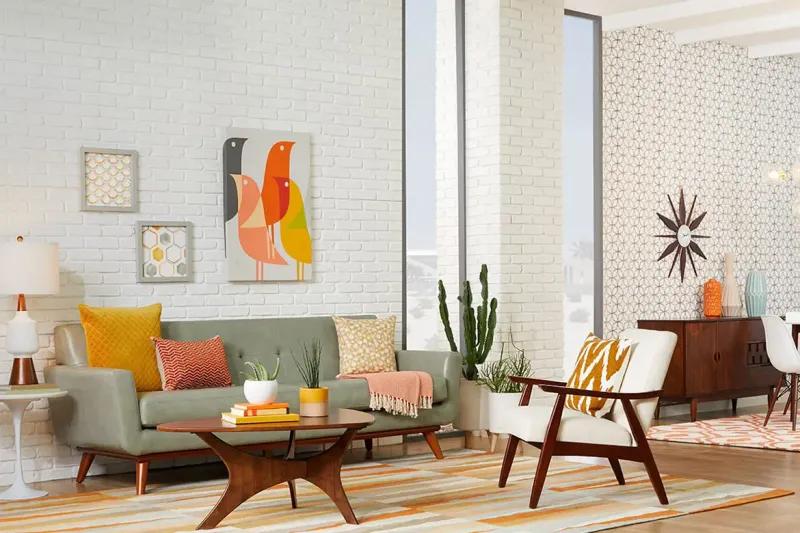
Avocado green and harvest gold have returned – but with sophisticated updates. Today’s designers incorporate these vintage hues through accent pieces rather than entire kitchen appliance sets. Mustard yellow throw pillows or emerald green armchairs add personality without overwhelming spaces.
The revival celebrates color confidence while avoiding the all-in commitment that made these palettes feel dated. Pairing retro colors with neutral backgrounds creates balance that was often missing in original applications.
6. Shag Carpets

Those ankle-deep floor coverings that captured every spilled drink and crumb have thankfully stayed in the past. Beyond being impractical dust traps, shag carpets quickly lose their fluffy appeal and become matted eyesores.
Cleaning these dense rugs required specialized equipment and extraordinary patience. Modern alternatives like low-pile area rugs or washable options provide texture without the maintenance nightmare. For those craving softness underfoot, today’s smaller shag accent rugs offer the sensation without the commitment.
7. Popcorn Ceilings
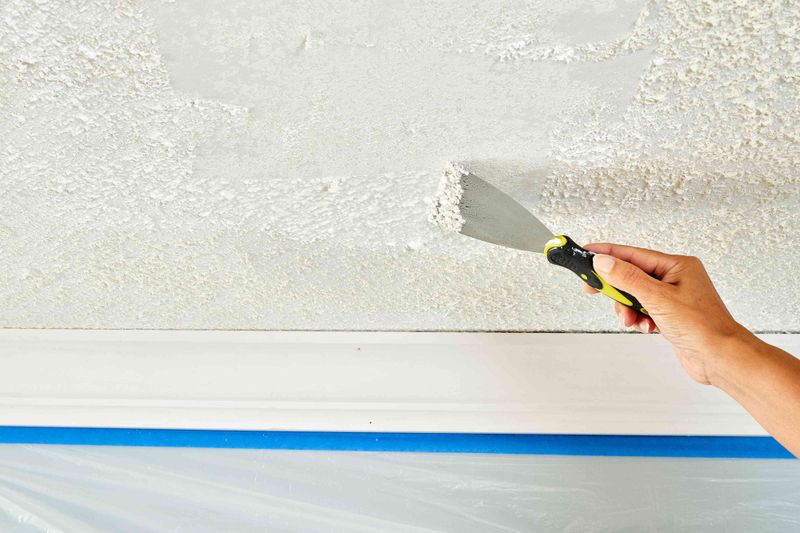
Bumpy, spray-on ceiling textures once covered imperfections but created their own set of problems. Besides collecting dust and being nearly impossible to clean, many contained asbestos before the 1980s. Removing this dated feature tops many renovation lists for good reason.
Modern homes favor smooth ceilings that reflect light better and create an airier feeling. For textural interest, today’s designers might choose subtle techniques like Venetian plaster or geometric ceiling details instead of the cottage cheese look.
8. Excessive Floral Wallpaper
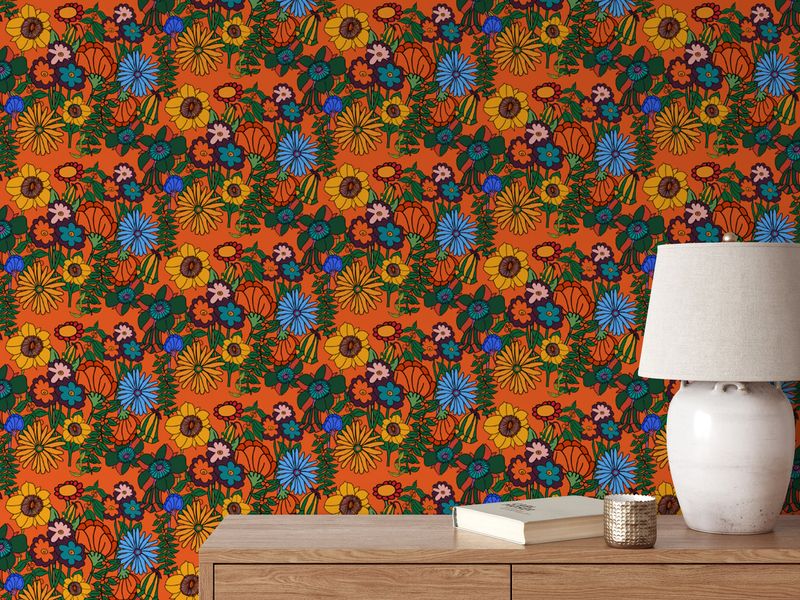
Room-engulfing patterns of roses and vines created disorienting spaces that felt perpetually stuck in Grandma’s era. When every wall screamed with competing blooms, even the largest rooms felt claustrophobic and busy.
Contemporary wallpaper trends favor bold statement walls or subtle textures rather than all-over floral assaults. Modern botanical prints use updated color schemes and larger-scale patterns that breathe instead of suffocate. The key difference? Restraint – knowing when enough pattern is enough.
9. Heavy Drapery
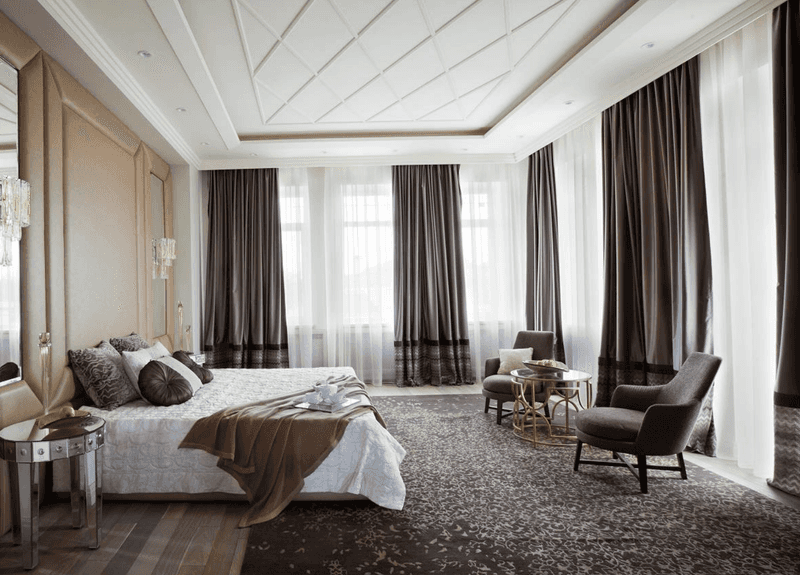
Multilayered window treatments with valances, tiebacks, and swags once dominated Boomer homes. These dust-collecting fabric arrangements blocked natural light and made rooms feel smaller and darker than necessary. Today’s window coverings prioritize function and clean lines.
Simple panels, roller shades, or wooden blinds provide privacy without the fussy excess. Modern spaces embrace natural light rather than hiding behind fabric fortresses, creating airier environments that connect indoor living with outdoor views.
10. Wall-To-Wall Carpeting
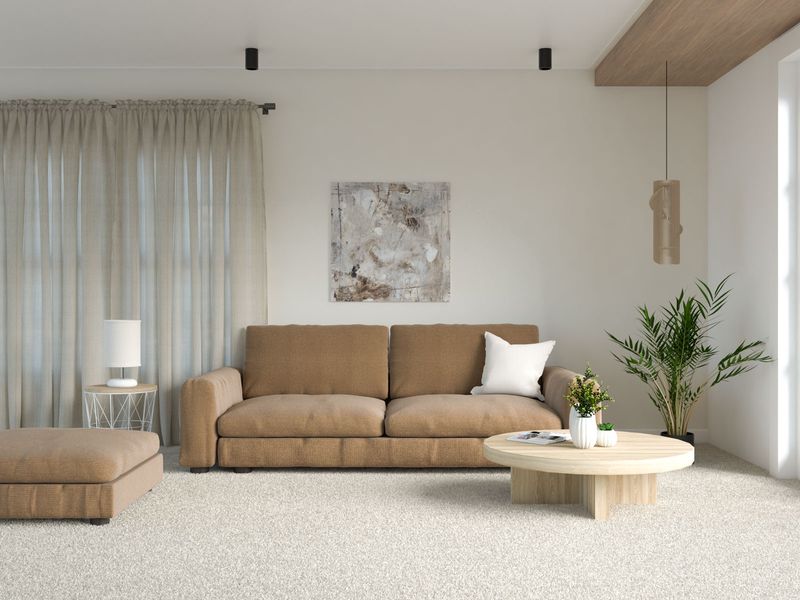
Plush carpeting that stretched from baseboard to baseboard was once the height of luxury. Unfortunately, these permanent floor coverings trapped allergens, stained easily, and concealed surprises beneath their fibers.
Hardwood, laminate, and luxury vinyl have replaced wall-to-wall carpets in most contemporary homes. The modern approach favors cleanable hard surfaces with strategically placed area rugs that can be removed for thorough cleaning. This flexibility allows for easier updates as design preferences change without major renovations.

